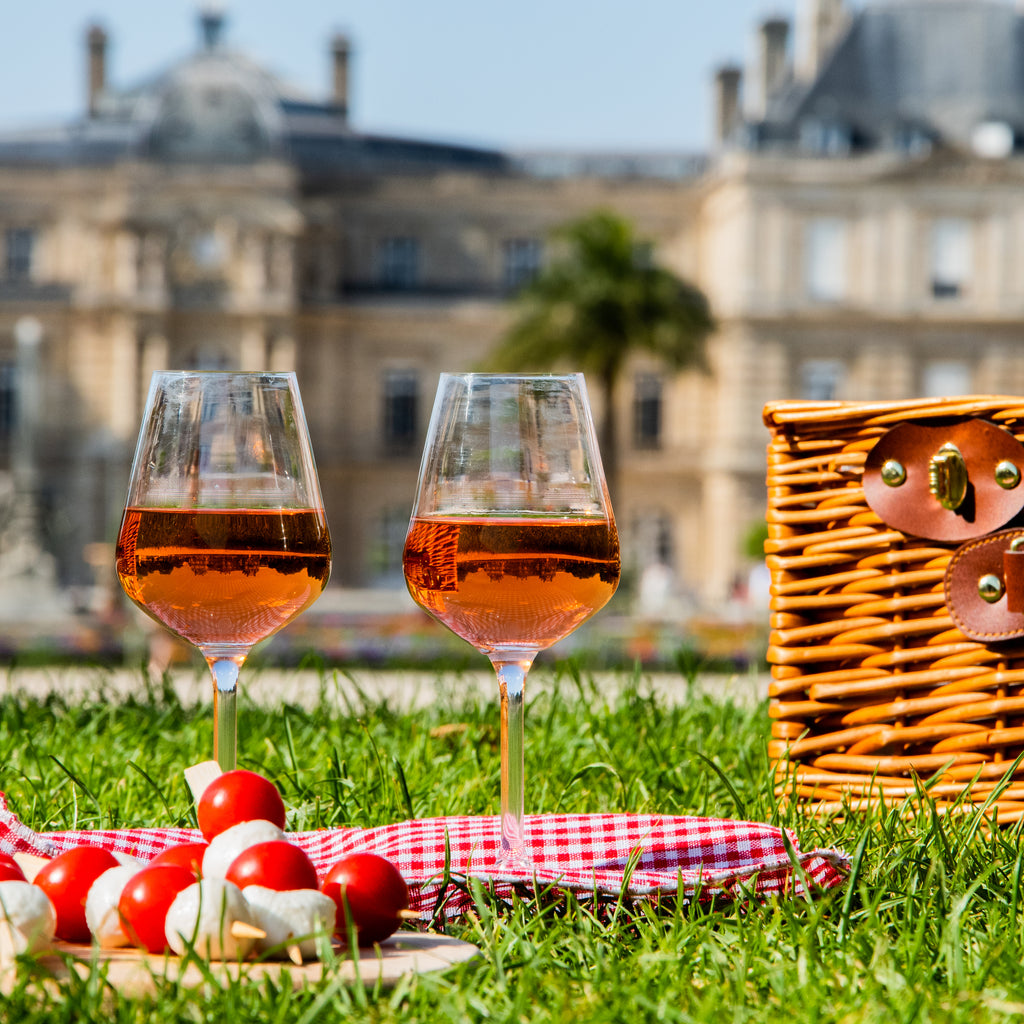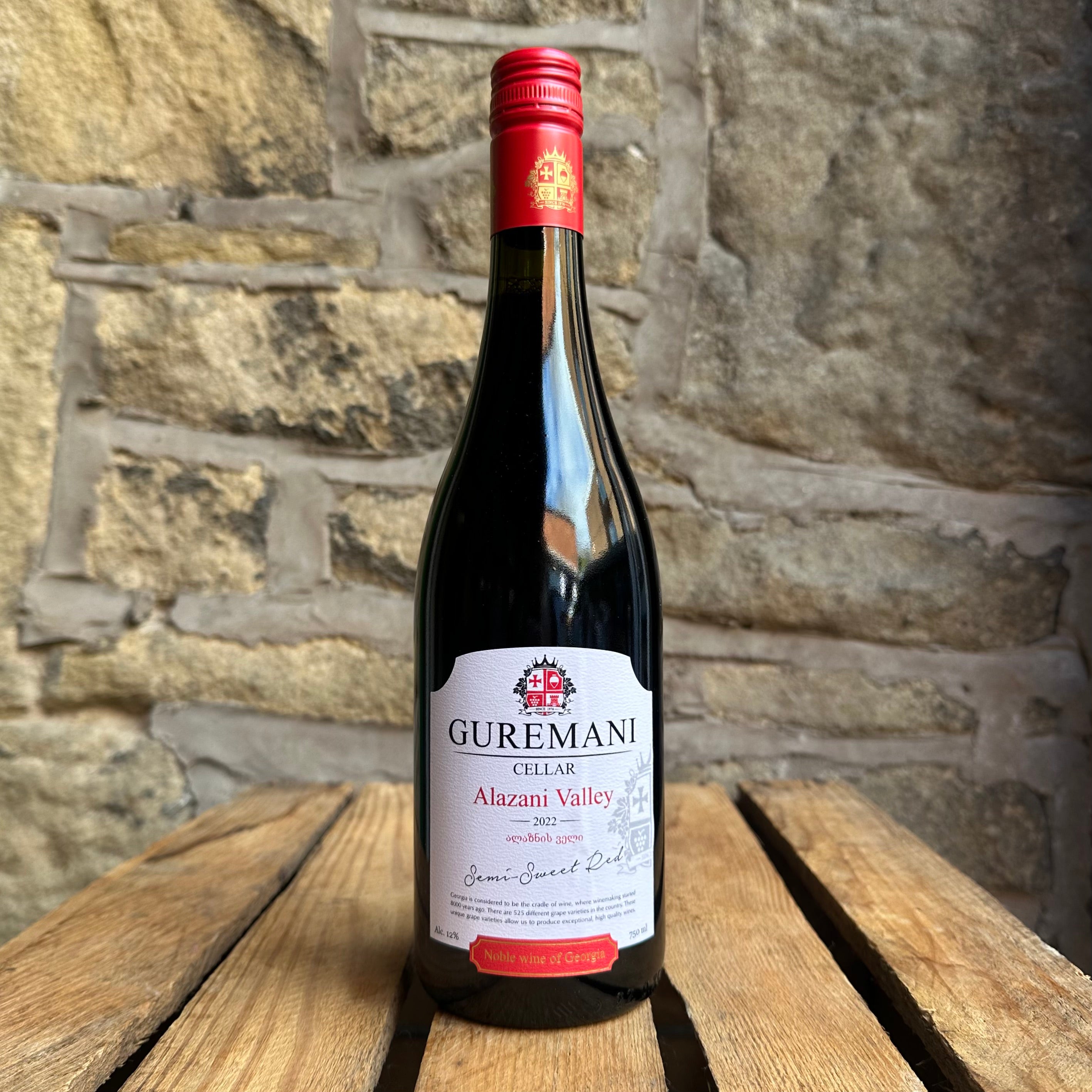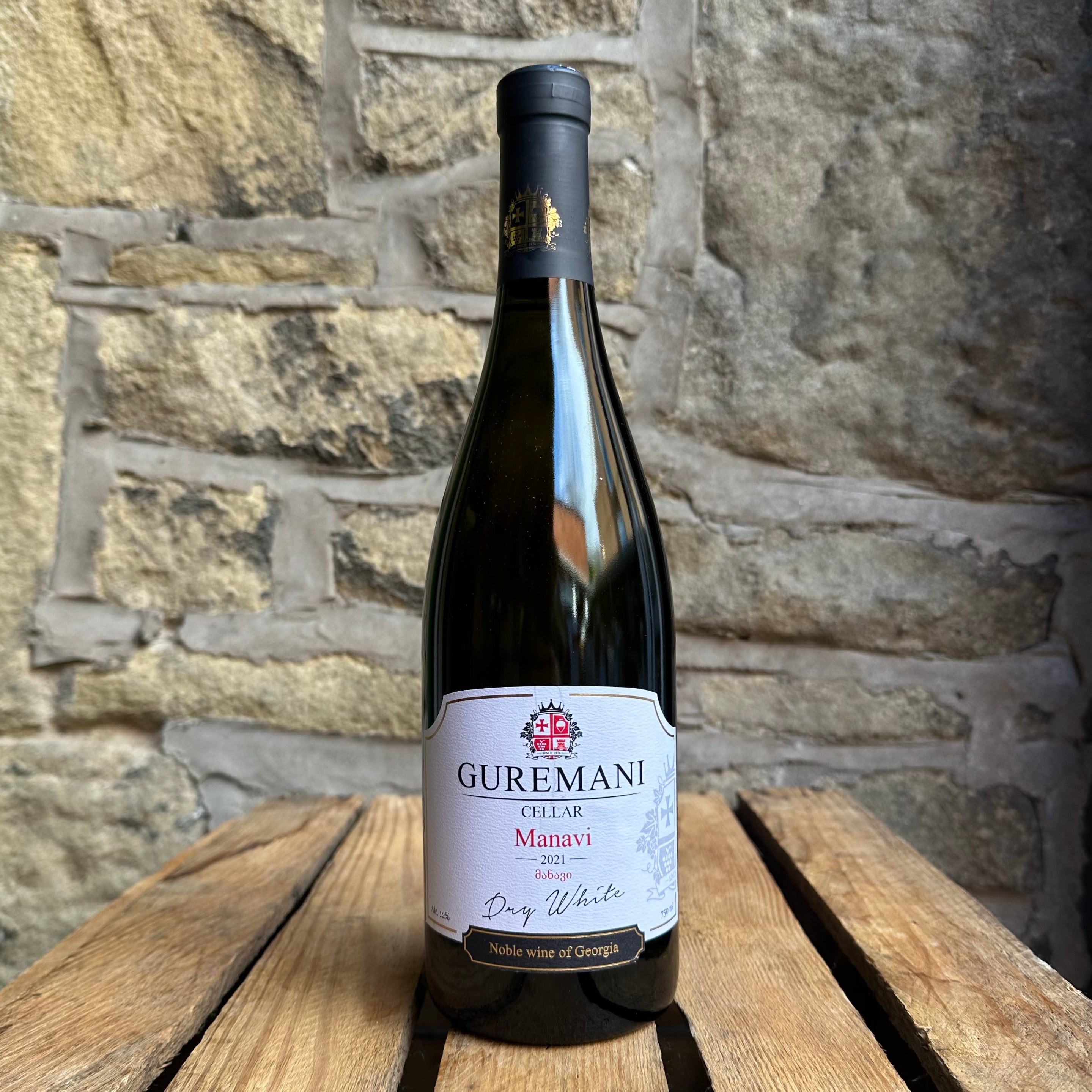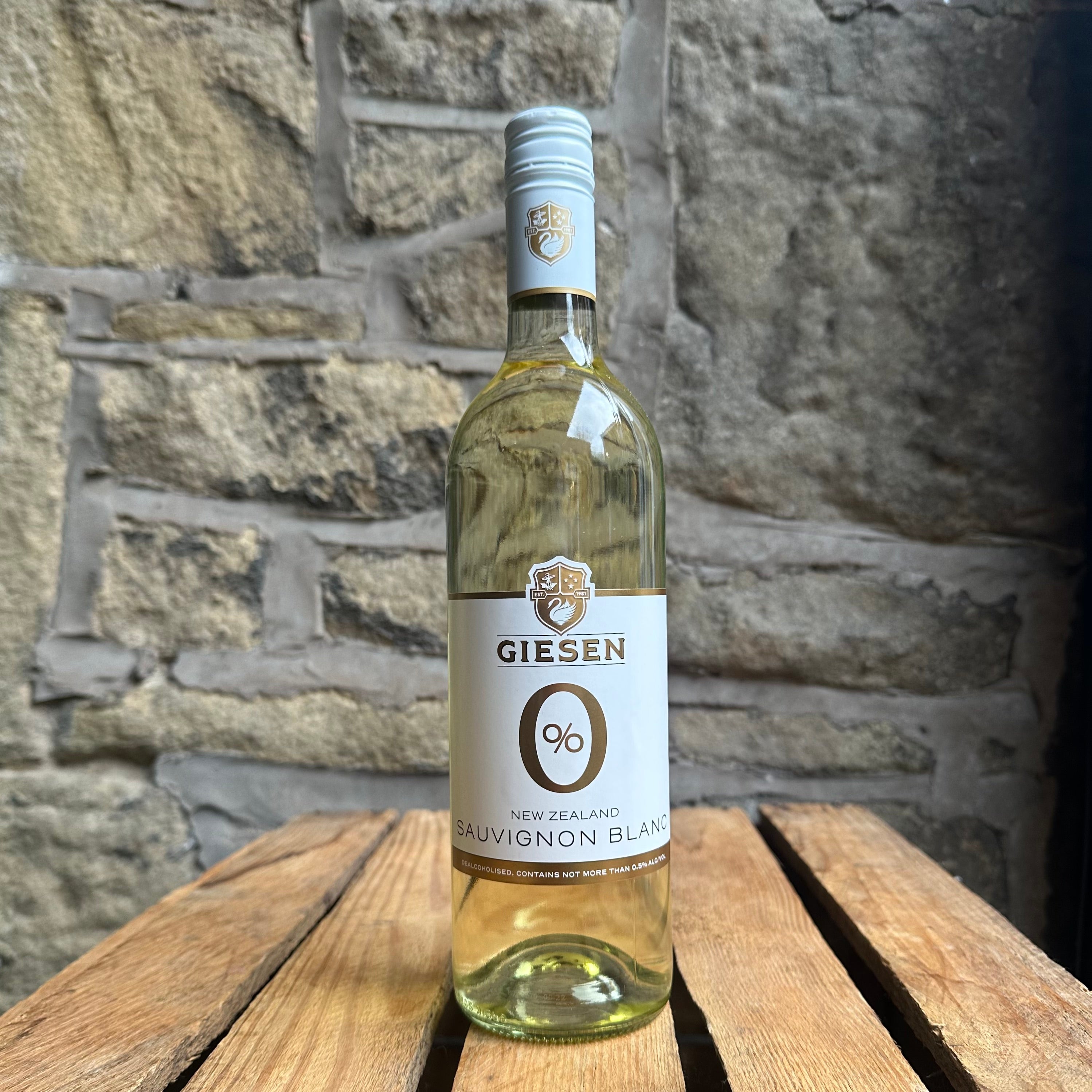
A New World Of Shiraz

International Shiraz Day is here on the 22nd July, so we're taking the opportunity to explore this versatile and hardy grape. Shiraz is also known as Syrah, and although this can seem confusing, it often indicates a distinct difference in cooler climate Old World for Syrah, and warmer climate New World for Shiraz. So let's take a look at what this means now, and profile some New World favourites.
THE GRAPE
The Syrah grape is originally thought to be from France where it has been a staple for centuries. Its prominence from the 18th century centred on the Rhone region where, to this day, it is still an essential ingredient for many blends such as Cotes du Rhone and Chateauneuf du Pape. Although production as a varietal is not as common in its birthplace as it once was, there are still highly regarded varietal appellations such as Hermitage.
Syrah is used across French regions, especially in southern areas, and therefore France is unsurprisingly still the largest producer of Syrah grapes in the world. What the European-style grape brings on its own or to the blend is a fruity, peppery and sometimes smoky aromatic profile, whilst it adds richness, texture and bold tannins to the palate, and deep, dark colour to appearance.
COOL VS WARM
In short, Syrah adds excellent complexity to blended wines. As a European varietal, the fruit often includes dark and bramble fruits such as blackberry and blueberry or black plum, balancing pepper spice, earthy herbs and subtle smoke. Brisk acidity balances moderate tannins, whilst good ageing can bring layers of vanilla, truffle and leather.
Warmer climes of the New World brought out a whole new side to Shiraz. Take the European profile and make the fruit bolder and jammier (think fruit cake), whilst also adding elements such as liquorice, roasted coffee. Typically known for packing a punch to the palate with ripe tannins and fruit, this style has become just as popular as the more restrained and savoury Old World character.
WHAT'S IN A NAME?
If you're wondering why we have been interchanging the grape name so far, let us explain!
Originally known as Syrah, it became known as Shiraz in much of the New World countries with Australia leading the way. It would be far too easy if this labelling was a hard and fast rule though, so to throw complications into the mix, some New World producers can label their wines 'Syrah', and vice versa.
This is firstly because some producers will often use a preferred term to indicate the style of the specific wine they are releasing. For instance, a New World producer using the name 'Syrah' will be letting you know that their wine moves towards a more restrained European style.
In addition, there are more recent New World countries who produce cool climate-style wines. Chile has found its Shiraz styles to be predominantly more delicate, and so most wines denote Syrah on the label. New Zealand is another example of a modern winemaking country that enjoys cooler climes and therefore looks to distinguish its Syrah wines from those of neighbouring Australia.
AUSTRALIA
Outside France, Australia is the second biggest producer of Shiraz in the world. It was introduced to Syrah cuttings in the 1830's by viticulturist James Busby, regarded as the father of Australian viticulture. By the mid-19th century, the success of this versatile grape had spread and Australia truly fell in love with the grape that they referred to as Shiraz.
Although wine profiles obviously vary, Australian Shiraz is typically known for full body, richness and bursting jammy dark berry flavours with elements of red berries such as raspberry, native eucalyptus, and/or mocha. A great asset is its ability to pair with food such as barbecued meats and vegetables, burgers and ribs.
Jammy Monkey Shiraz embodies the easy-drinking fruitiness of many youthful and modern Shiraz wines, with just a touch of part-oaking. As it says on the label, it is wonderfully jammy with blackberry, plum and mulberry at the fore. Hints of black pepper and warming spice remind us that this definitely a Shiraz.
The Opportunist Shiraz shows the more complex, yet quaffable expression of Australian Shiraz, picking grapes on their way up to ripeness to add freshness, with longer, full oaking to develop the profile. Ripe cherry and blackcurrant are complemented by layers of coffee, dark chocolate, with bonus eucalyptus, liquorice and pepper on the finish.
SOUTH AFRICA
Shiraz really took hold in South Africa in the early 20th century, with plantings and production seeing a big increase in the cape by the 1930's and the first varietal released in the 1950's. The end of the 20th century saw plantings increase more than tenfold from 900ha to nearly 10,000 ha. Now the second most planted red variety in the country and the 4th biggest producer in the world.
South African Shiraz can vary more diversely in profile due to it stretching from hot inland regions to coastal hills, so although Shiraz is most common, you will see both grape names used dependent on the region and wine production.
Franschhoek Cellar Shiraz is a wine that sits perfectly in the middle of the two extremes. Quite poetic considering Franschhoek Valley itself is a valley dubbed 'French Corner' that sits nicely between the coast and further inland regions. Exuberant mulberry and plum with black pepper and modest spice are supported by soft yet ripe tannins.
CHILE
Shiraz is now the 6th most planted grape in Chile, but only began taking off in the 1990s. This was thanks to producers working to find new varieties to work with, and the discovery that the high altitudes, coastal influence and deep river valleys of Chile worked wonderfully to produce wines reminiscent of both delicate cool climate Syrah and punchy warm climate Shiraz.
Although certainly New World, you will find most Chilean wines to be labelled as Syrah due to their profile matching Rhone styles. The spicy profile shows typical flavours of black cherry, plum and black pepper, with good minerality. There are a few areas that tend towards the Australian-style though, with extra raspberry and chocolate shining through.
Aves del Sur Reserva Syrah is reminiscent of a fully mature French Syrah, with touches of warmer climate depth. Intense aromas of cherry and blueberry alongside hints of coffee and earthy tobacco. Ripe and rounded tannins on the palate, with black cherry at the fore and layers of nutmeg, clove and vanilla, with a touch of smoke and game from careful ageing.


















